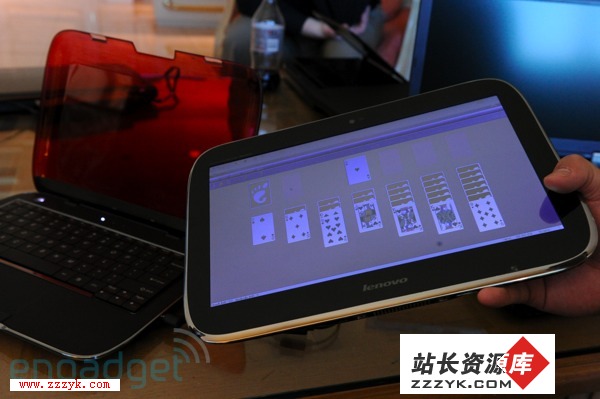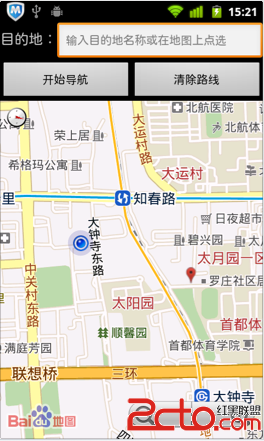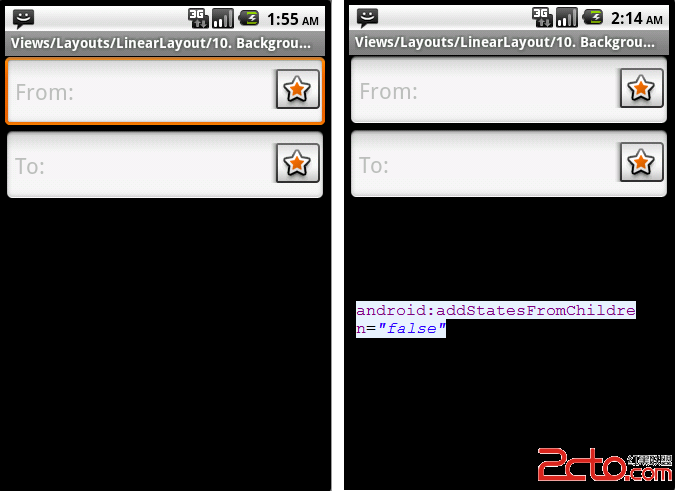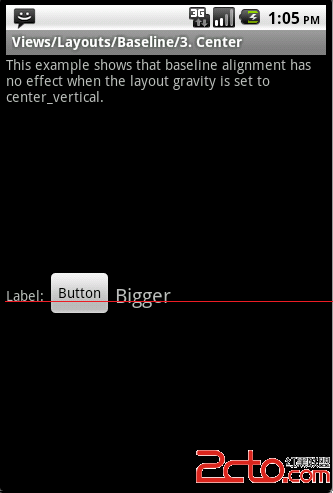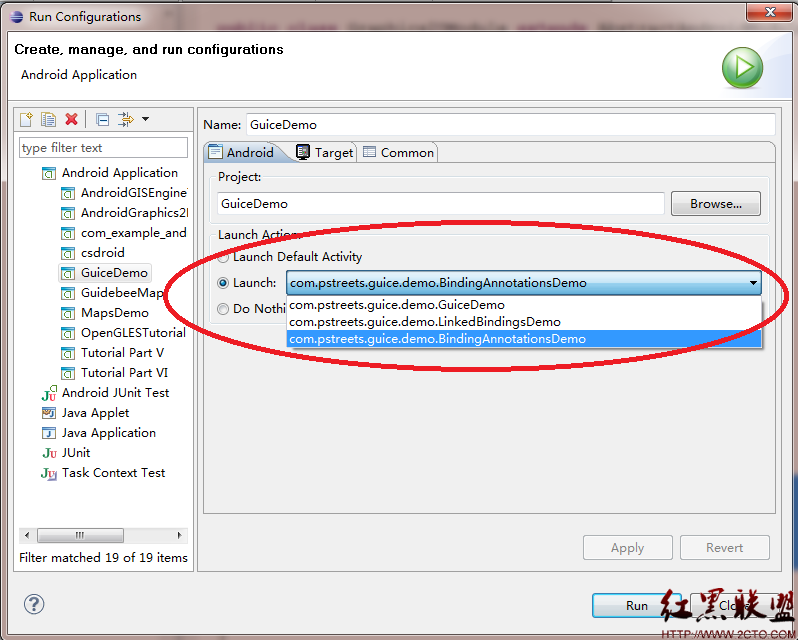android之ListView的Adapter使用
在做一个小练习的时候,又遇到了Adapter,才发现以前没有对它进行过记录
现在介绍一下:
其实Adapter就是数据和视图之间的桥梁,数据在adapter中做处理,然后显示到ListView上面
Adapter有很多种,有ArrayAdapter<T>, BaseAdapter, CursorAdapter, HeaderViewListAdapter, ListAdapter,ResourceCursorAdapter, SimpleAdapter, SimpleCursorAdapter, SpinnerAdapter, WrapperListAdapter.
这里就以ArrayAdapter<T>为例来介绍
我自己写的一个例子:
有两个类,一个是主界面Activity,用来处理输入和显示,效果图在最下面,可以翻到最后看一下,布局如下:
<?xml version="1.0" encoding="utf-8"?>
<LinearLayout xmlns:android="http://schemas.android.com/apk/res/android"
android:orientation="vertical"
android:layout_width="fill_parent"
android:layout_height="fill_parent"
>
<LinearLayout
android:orientation="horizontal"
android:layout_width="fill_parent"
android:layout_height="wrap_content"
>
<TextView
android:layout_width="wrap_content"
android:layout_height="wrap_content"
android:text="Name:"
/>
<EditText android:id="@+id/name"
android:layout_width="fill_parent"
android:layout_height="wrap_content"
/>
</LinearLayout>
<LinearLayout
android:orientation="horizontal"
android:layout_width="fill_parent"
android:layout_height="wrap_content"
>
<TextView
android:layout_width="wrap_content"
android:layout_height="wrap_content"
android:text="Address:"
/>
<EditText android:id="@+id/addr"
android:layout_width="fill_parent"
android:layout_height="wrap_content"
/>
</LinearLayout>
<Button android:id="@+id/save"
android:layout_width="fill_parent"
android:layout_height="wrap_content"
android:text="Save"
/>
</LinearLayout>
<?xml version="1.0" encoding="utf-8"?>
<LinearLayout xmlns:android="http://schemas.android.com/apk/res/android"
android:orientation="vertical"
android:layout_width="fill_parent"
android:layout_height="fill_parent"
>
<LinearLayout
android:orientation="horizontal"
android:layout_width="fill_parent"
android:layout_height="wrap_content"
>
<TextView
android:layout_width="wrap_content"
android:layout_height="wrap_content"
android:text="Name:"
/>
<EditText android:id="@+id/name"
android:layout_width="fill_parent"
android:layout_height="wrap_content"
/>
</LinearLayout>
<LinearLayout
android:orientation="horizontal"
android:layout_width="fill_parent"
android:layout_height="wrap_content"
>
<TextView
android:layout_width="wrap_content"
android:layout_height="wrap_content"
android:text="Address:"
/>
<EditText android:id="@+id/addr"
android:layout_width="fill_parent"
android:layout_height="wrap_content"
/>
</LinearLayout>
<Button android:id="@+id/save"
android:layout_width="fill_parent"
android:layout_height="wrap_content"
android:text="Save"
/>
</LinearLayout>java代码如下:
public class LunchList extends Activity {
List<Restaurant> model=new ArrayList<Restaurant>();
ArrayAdapter<Restaurant> adapter=null;
@Override
public void onCreate(Bundle savedInstanceState) {
super.onCreate(savedInstanceState);
setContentView(R.layout.main);
Button save=(Button)findViewById(R.id.save);
save.setOnClickListener(onSave);
ListView list=(ListView)findViewById(R.id.restaurants);
adapter=new ArrayAdapter<Restaurant>(this,android.R.layout.易做图_list_item_1,model);//这行代码在下面解释
list.setAdapter(adapter);//为ListView设置我们配置好的适配器
}
private View.OnClickListener onSave=new View.OnClickListener() {
public void onClick(View v) {
Restaurant r=new Restaurant();
EditText name=(EditText)findViewById(R.id.name);
EditText address=(EditText)findViewById(R.id.addr);
r.setName(name.getText().toString());
r.setAddress(address.getText().toString());
RadioGroup types=(RadioGroup)findViewById(R.id.types);
switch (types.getCheckedRadioButtonId()) {
case R.id.sit_down:
r.setType("sit_down");
break;
case R.id.take_out:
r.setType("take_out");
break;
case R.id.delivery:
r.setType("delivery");
break;
}
adapter.add(r);//每个增加的条目都会添加到适配器里面
}
};
}
public class LunchList extends Activity {
List<Restaurant> model=new ArrayList<Restaurant>();
ArrayAdapter<Restaurant> adapter=null;
@Override
public void onCreate(Bundle savedInstanceState) {
super.onCreate(savedInstanceState);
setContentView(R.layout.main);
Button save=(Button)findViewById(R.id.save);
save.setOnClickListener(onSave);
ListView list=(ListView)findViewById(R.id.restaurants);
adapter=new ArrayAdapter<Restaurant>(this,android.R.layout.易做图_list_item_1,model);//这行代码在下面解释
list.setAdapter(adapter);//为ListView设置我们配置好的适配器
}
private View.OnClickListener onSave=new View.OnClickListener() {
public void onClick(View v) {
Restaurant r=new Restaurant();
EditText name=(EditText)findViewById(R.id.name);
EditText address=(EditText)findViewById(R.id.addr);
r.setName(name.getText().toString());
r.setAddress(address.getText().toString());
RadioGroup types=(RadioGroup)findViewById(R.id.types);
switch (types.getCheckedRadioButtonId()) {
case R.id.sit_down:
r.setType("sit_down");
break;
case R.id.take_out:
r.setType("take_out");
break;
case R.id.delivery:
r.setType("delivery");
break;
}
adapter.add(r);//每个增加的条目都会添加到适配器里面
}
};
}
针对上面的进行解释:
1. 适配器的作用是数据和视图之间的桥梁
2. 这个小例子是要显示一个数组,我们就用ArrayAdapter,数组适配器,数据的数据类型<>是Restaurant类型的(下面的定义),数据的数据类型还可以是其他的包括对象类型的
3. adapter=new ArrayAdapter<Restaurant>(this, android.R.layout.易做图_list_item_1, model);
这段代码是创建一个数组适配器的代码,里面有三个参数,第一个参数是上下文,就是当前的Activity, 第二个参数是android sdk中自己内置的一个布局,它里面只有一个TextView,这个参数是表明我们数组中每一条数据的布局是这个view,就是将每一条数据都显示在这个view上面;第三个参数就是我们要显示的数据,这个数据是以List<Restaurant>的形式存在的,当然我们在设置的时候这个数组里面还没有数据,数据时候来调用adapter.add(r);加入进去的.
listView会根据这三个参数,遍历adapterData里面的每一条数据
补充:移动开发 , Android ,